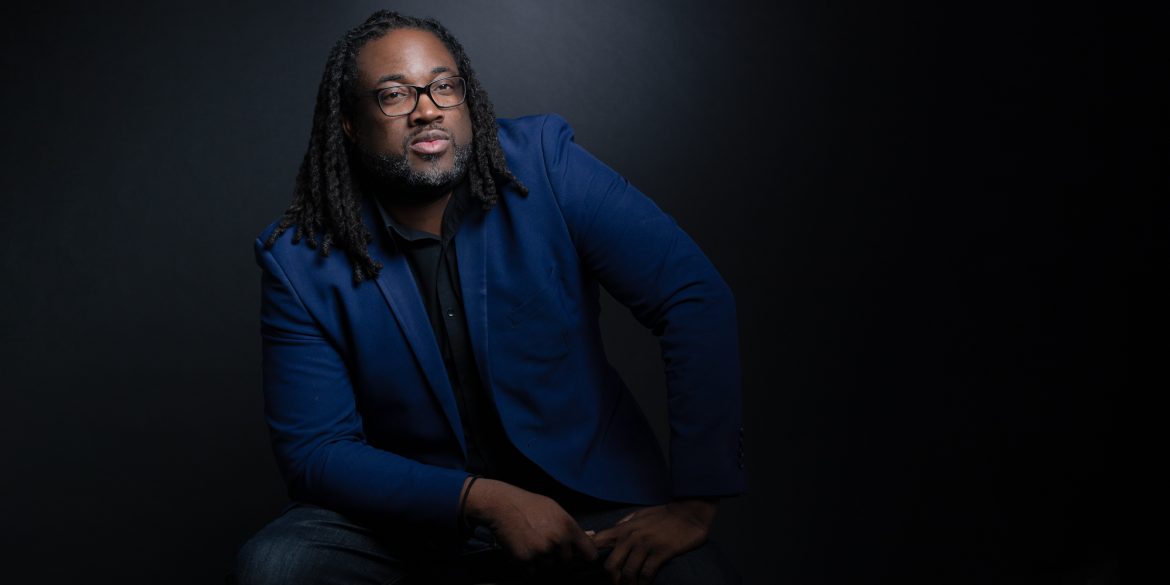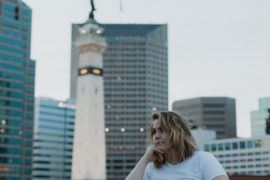Deputy Director of the Department of Metropolitan Development, Lourenzo Giple, has a dream that the City of Indianapolis becomes the most culturally equitable city in the world. The first step in achieving this lofty goal that Giple and his team are planning is the launch of a Cultural Equity Plan in 2023. I caught up with Giple to learn more about his background, his work at the DMD, and why “culture” should matter to everyone, even those who don’t consider themselves creatives.
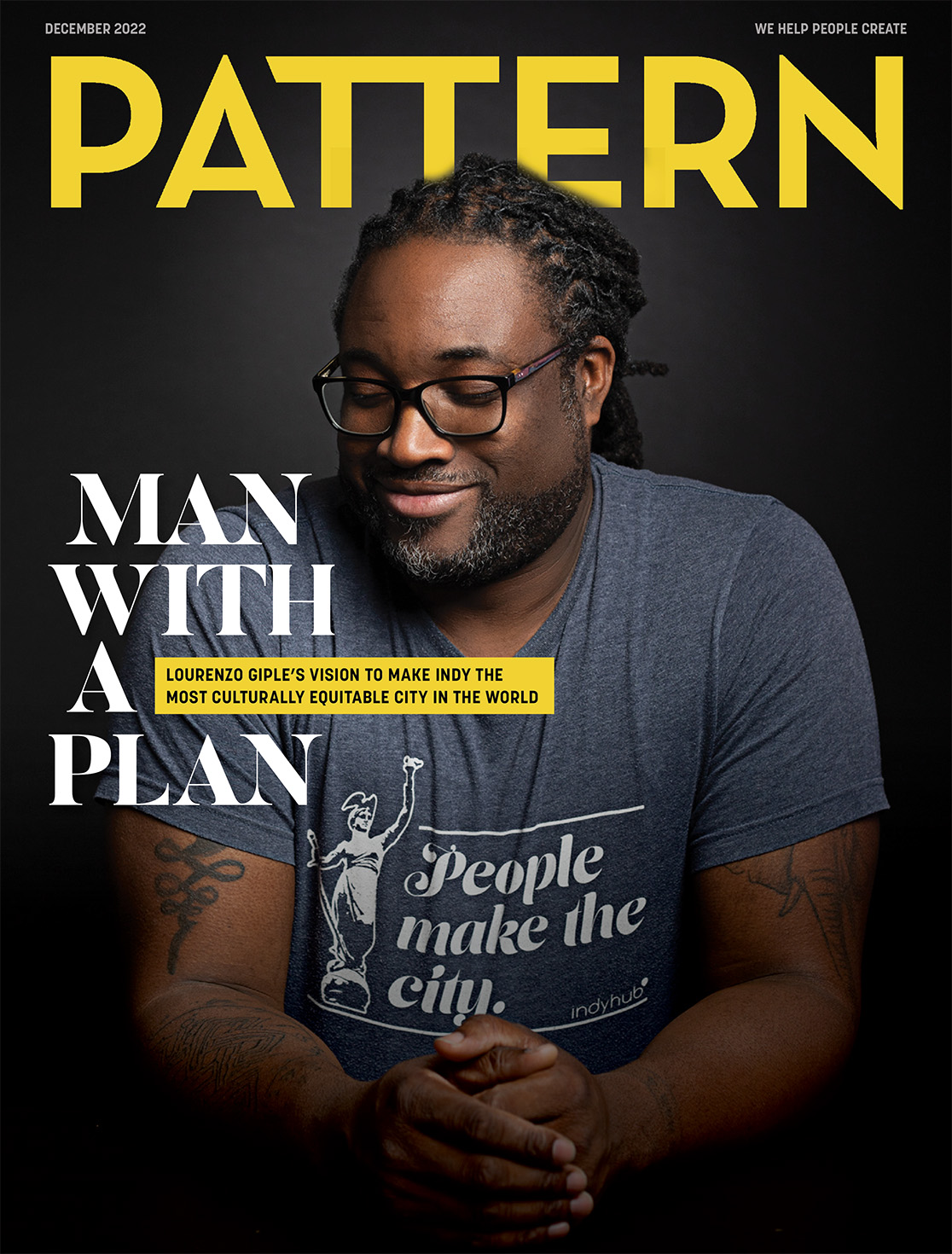
Polina Osherov: Tell me a little bit about your background and how you ended up in your current position.
Lourenzo Giple: My high school counselor asked me what I wanted to do with my life and I had no idea. All I knew was that I’d been exposed to two things in my life. Art and engineering, and that I liked both. I loved the endless possibilities of art and using my imagination, and the logical, mechanical aspect of engineering. So that’s what I told her, I was like, “These are the things that I know. What can I do with them?” And her response was, “Architecture.” I wasn’t sure what that was all about so I went home, researched and ultimately decided that it was something that I could do. I went to Ball State for Undergrad, got my architecture degree, worked in the industry for about seven years, went back and got my Master’s and through those years I was very open to exploring and learning about architecture-adjacent specialties like urban planning and design. As a result, I was able to work on a variety of projects, including Lucas Oil Stadium, the Indianapolis International Airport, and also community development work. I quickly realized that I really enjoyed community development, especially in the context of real estate development and then at some point I became the architect who understood urban planning and design, real estate development and community development, and had an eye for art. Long story short, having expertise in all of these things is why I believe the City called to offer me a position at the DMD, where I started in August of 2021.
PO: This is something that comes up in so many conversations I have with successful people—how their willingness to explore topics and industries outside their direct area of expertise, eventually adds up to being able to write their own job description. Where do you think you got that curiosity and the openness to explore?
LG: Definitely from my parents. My mom always nurtured my curiosities and connected me with people who could help me improve that skill set. Among all kinds of things I learned how to draw and also how to sew from friends of hers who allowed me to do these mini internships. My dad had an engineering background and was always tinkering. Figuring out how things work was always something he encouraged me to do, but he wasn’t as helpful as I would have wanted. He’d be like, “go figure it out!” but he was always willing to answer questions through my figuring it out process. Growing up, I thought he just wanted to make my life difficult. (laughs)
PO: Don’t we all think that of our parents? But now you’re looking back and you’re like, “Thank you, Dad.”
LG: Oh, absolutely, absolutely. Grateful that he didn’t make it easy for me. Wouldn’t be here without that. I also find myself doing the same thing to my kids, but doing my best to be better at explaining the “why.”
PO: Tell me more about the Cultural Equity Plan.
LG: Culture and Equity are key components of the plan as the name implies. Culture, we can’t control because it is and should be a natural process. Equity is significant to city leadership and staff as it is embedded and will continue to be in our day-to-day work, just like we are constantly working to meet people and communities where they are. Addressing historic inequities and creating equal outcomes for all Indianapolis residents and neighborhoods is critical to the Hogsett Administration and the Cultural Equity Plan plays a major role in how we accomplish those goals. We also know that Culture and Equity drive the vibrancy of communities/cities and make them the places we all want to be. At its simplest; what we’re trying to do with the Cultural Equity Plan, is to use culture as a social cohesion strategy for equitable growth and economic development for the City of Indianapolis. We’re working to bring cultural and arts institutions like the Immigrant Welcome Center, the Arts Council, the Indiana Latino Institute, GANGGANG, The International Center, PATTERN, and many more to the table to create a blueprint for our city’s future. This is a Hogsett Administration initiative led by a team comprised of DMD staff, Deputy Mayor Judith Thomas, Deputy Mayor Scarlett Andrews, and Jeff Bennett, the mayor’s policy advisor. Last March, we released an RFQ for firms to support our endeavor and build a team to further our goal. I’m excited about what’s to come in 2023!
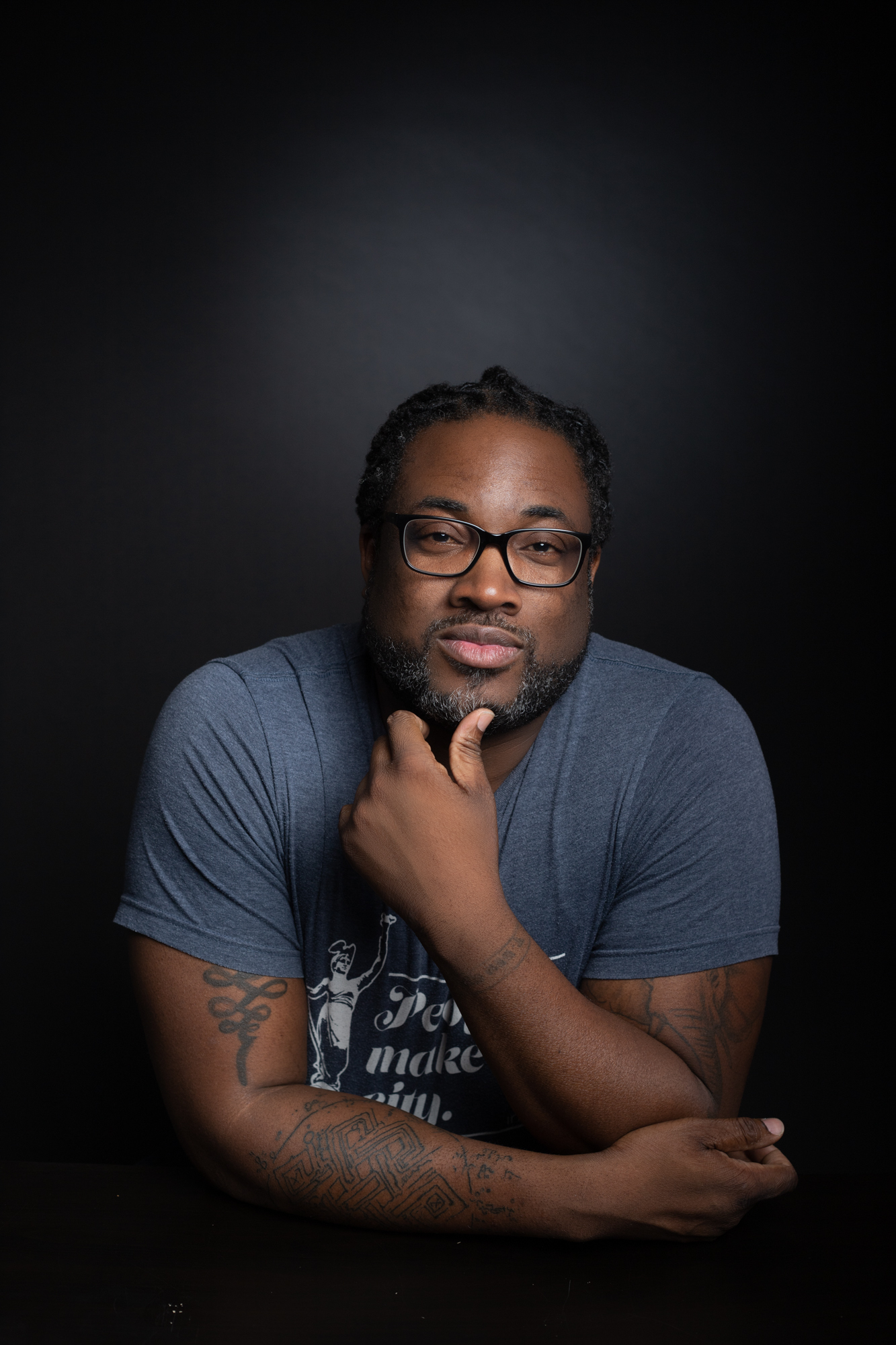
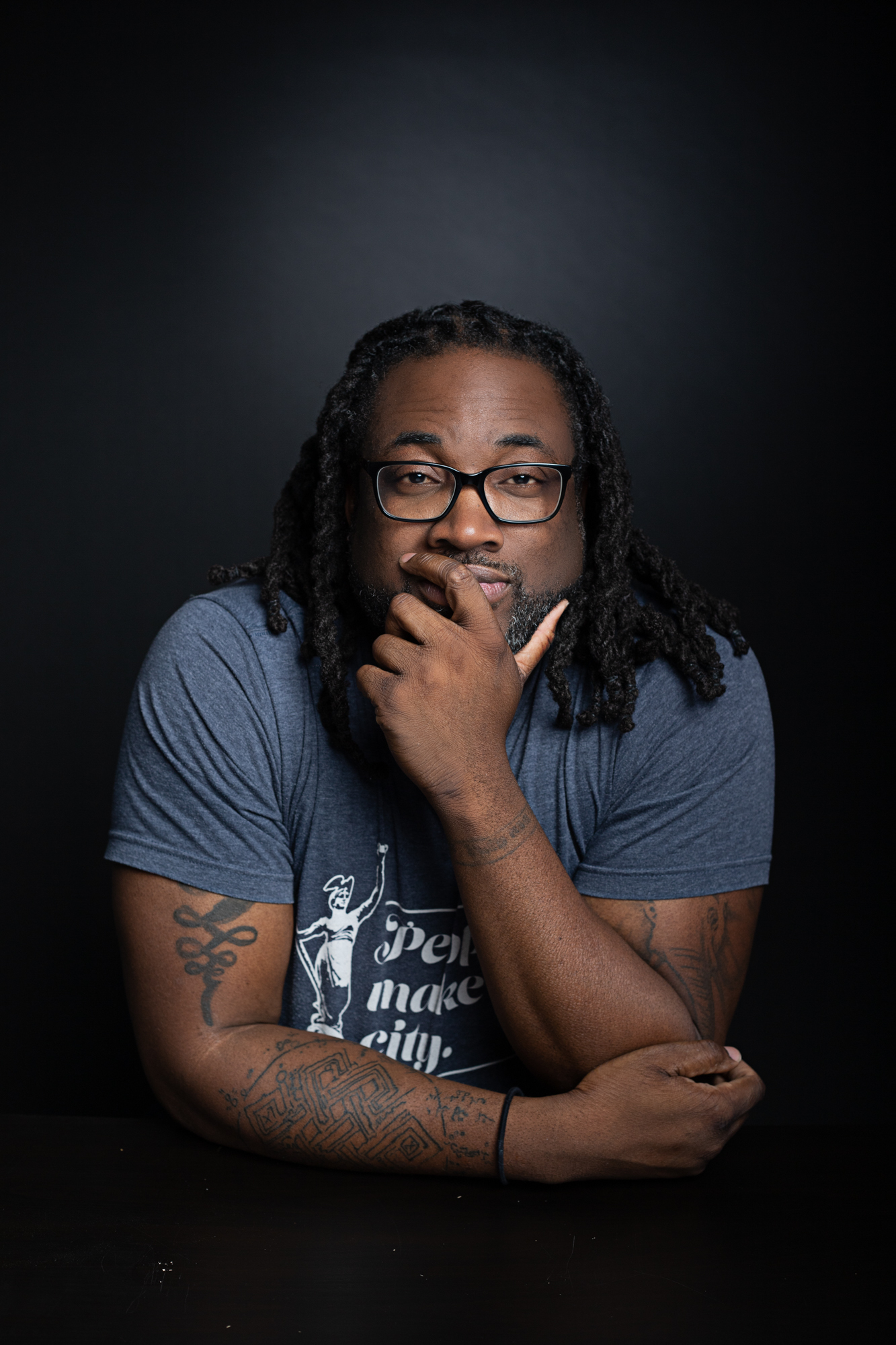
PO: Is there another city that you’re looking at for inspiration on how to accomplish this?
LG: Yes. New Haven, CT. Their Cultural Equity Plan focuses on a variety of topics we identified as integral to our plan. We also looked at a variety of other plans (New York, Washington DC, Dallas, Chicago, Houston), and pulled something from each that we identified as important to what we want within our plan while also intentionally leaving enough space in the process for the selected consultants, cultural and arts institutions to guide and provide additional context to the project.
PO: What does the word “cultural” mean to you in the context of the Cultural Equity Plan?
LG: Often when we talk about culture, we talk about it as it relates to arts. But we rarely get into the nitty gritty of culture as it relates to the city and the people that exist within the city, and that’s the part that we’re focusing on. When Carmen Lethig, my long-range planning administrator, and I started talking about the master plan, and writing the RFQ, this came up a lot; That there’s a component of “arts” and “arts and culture” to this plan but that we primarily wanted to focus on Culture, with a capital “C”, the broader, bigger definition of the word.
PO: Indy is siloed in a number of ways, and certainly culturally with that capital “C”. If someone wants to dip into a specific cultural silo, they can, but it has to be intentional. There aren’t a lot of opportunities to just let’s say “wander into” a different Culture holistically and without any barriers. We’re not set up such that you can walk through Little Italy, and into Chinatown, and then into a neighborhood with a ton of galleries and music venues, and all of these places you’re able to eat, shop and people watch, and not feel like an outsider. It feels like something we really should be addressing in order to have a healthy, vibrant city and community.
LG: I couldn’t have said it better myself, and this disconnect is something that we’re definitely trying to address through the Plan. We are treating culture as the connective tissue that holds everything together. There are all of these interrelated things that make up a city. You can certainly have a single focal point, and do that well, but it’s questionable whether that is sufficient in order for all other aspects of the City to reach their full potential. So, we’ve used the sports culture to elevate the City of Indianapolis to be the amateur sports capital of the world. Great! But we know that there are lots of other “Culture” happening in Indianapolis that could be elevated to great effect. For example, on its face Indianapolis feels very homogenous, but we have this incredible ethnic diversity that’s not especially visible unless you know where to look. Outside of Myanmar, we have the largest Chin population in the world followed by Fort Wayne. We have a burgeoning Hispanic population. On the far east side, we have a huge Haitian population as well. Our African population continues to grow too. What would it look and feel like, if these communities were elevated and incorporated into the overall culture of our City?
PO: Where do you think responsibility for elevating these things lies? Because I don’t think there’s consensus on that. Is it philanthropy? Is it corporations and private entities? Is it individuals? Is it the government? Is it all of the above? What should it look like?
LG: The answer I wanna give, sounds as though it’s a cop out, but it’s not; It’s everyone’s responsibility because everyone benefits from culture. It can’t all fall on the City because we can only take things so far. We need philanthropy, businesses and corporations to be involved. And we need individual patrons as well. All these groups have different roles to play, but all are needed to make sure the plan works. Philanthropy, and corporations can provide funds and help build consensus. Government can influence and change laws and regulations needed to facilitate how people and organizations and individuals engage with the built environment, and private individuals can show up and use the spaces and sometimes pay to enjoy the amenities. And as more people come out and participate in the culture, more investments can be made in the infrastructure. It’s a virtuous cycle, or it should be.
PO: How would you explain a creative economy to somebody in conversation?
LG: One definition says, “It is an evolving concept which builds on the interplay between human creativity and ideas and intellectual property, knowledge, and technology,” but I personally like the much shorter “It’s problem-solving, having fun.”
One thing that’s important to point out is that the creative economy is not just for creatives, right?
PO: 100%! Creativity drives the creative economy, sure, but EVERYONE, regardless of whether they consider themselves a creative or not, participates in it whether they know it or not. That dinner you just had at your favorite restaurant, the beautiful light fixture you hung in your dining room, the colorful rug that’s in your office lobby, the music you’re playing through your headphones while you’re working out, the interesting details on the buildings you walk past on your way to work, smartphones and computers, video games, and movies. Creatives made all of that, but every person is benefitting whether they know it or not. Imagine removing ALL of that; the music, the architecture, the design, the colors, the textures and our entire life looks like the Construct from The Matrix. I think we all sometimes take what creativity has created all around us for granted. But going back to your definition of “It’s problem-solving, having fun,” I love that!
LG: What speaks to me about this definition is both the implied technical aspect to it but also that you’re not going to limit yourself to rigid rules because the “fun” part means you’re going to think outside the box. Of course, not everyone thinks this way, and especially not in spaces dominated by the idea “Well, we’ve done it this way for years and it’s worked so why mess with it?” but I just can’t help myself. Which is why when I go into a project, I make it a point to explain to the people I’m working with, “Look. I’m going to ask a lot of questions. And it’s going to seem as though I’m being difficult, but I am just trying to better grasp on the boundaries. What’s been tried? Has it worked? Why? Why not? What is completely off limits?” And then once I understand the boundaries and the context, then I just need to be left alone so I can go. THAT’S what creative problem-solving is all about.
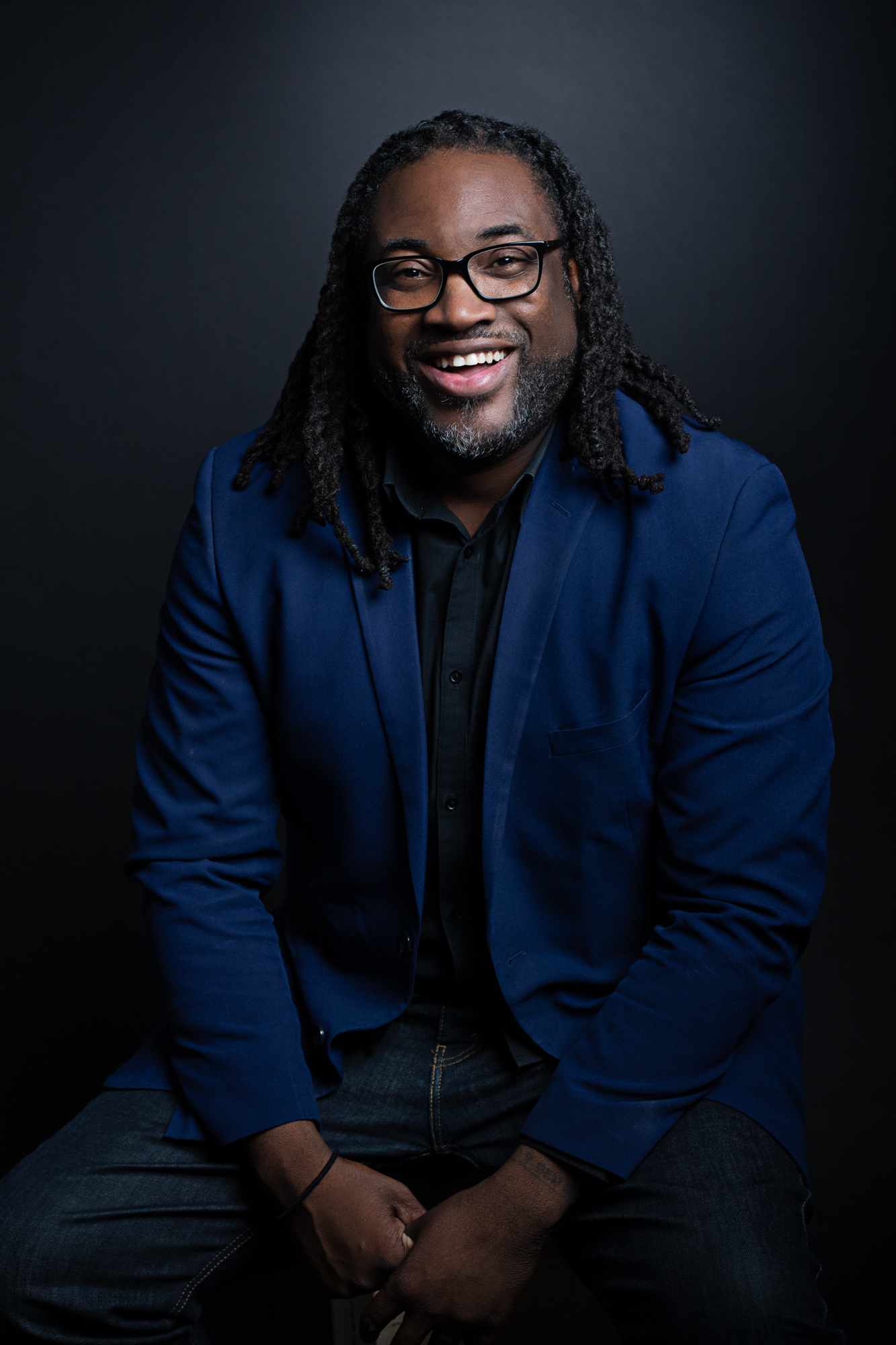
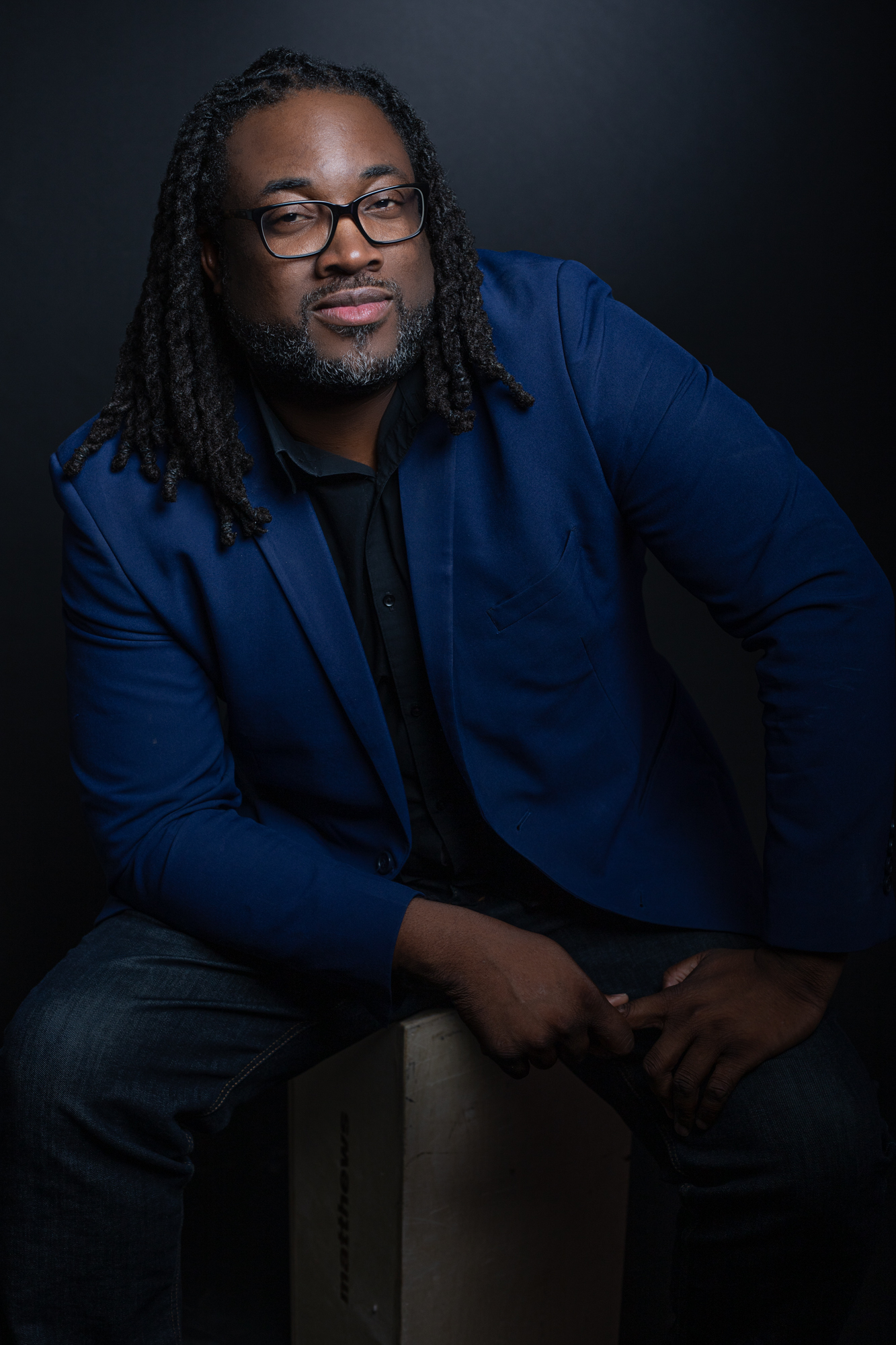
PO: The way creatives problem-solve and think outside the box can be very uncomfortable for those used to working inside the box. I imagine that in certain situations, a creative solution might feel like the complete destruction of accepted processes and SOPs, even though that is usually not the case. It’s just very hard to find a mode of communication that is both efficient and builds trust, and so I think this is why there are so few places that Creatives (with a capital “C”) intersect with civic and corporate bureaucracy to work together to solve big issues.
LG: Agreed. My approach is that I try to find a middle ground and come to the table with a variety of solutions while always remaining open to listen to what others have to say. Even if my ideas and solutions aren’t used, I still think it’s very useful to have frank discussions about how things work, how they can be made to be better and why it might be really difficult to go from point A to point B. The least productive outcome is when the discussion never happens, or when questions are brushed aside and context is not provided. That there is a dead end.
PO: Is that kind of a limiting response generally due to fear of failure? There can’t be innovation without failure. Would you agree?
LG: I do, but it’s not that simple. Innovation and large institutions are probably at odds the most, unless there are intentional pathways for that innovation to happen. People who routinely think outside the box – aka your usual creative types, generally embrace the idea that failure is the path towards innovation and see it as less of a threat, and more as part of the process. Obviously you wouldn’t expect the same approach from a political leader, or the head of a large corporation. Imagine launching a massive effort that costs millions of dollars and affects thousands of people’s lives and having that fail? It’s not just a career killer, it has massive repercussions, so naturally, there is very little appetite for failure when we’re talking about ideas that can impact an entire city. Nonetheless, I believe it’s important to create smaller opportunities to test out ideas. It’s a much slower process and super frustrating to people who are used to trying dozens of iterations in a span of days or even hours, but that’s just the reality of affecting change on a grand scale.
PO: I get that, but the speed at which things NEED to change in order to keep up with a rapidly evolving society, and the speed with which they do, when one has to navigate bureaucracy, are incompatible with the speed of progress. I imagine this is part of the reason why huge companies fall behind more nimble competitors and ultimately become obsolete. The lack of flexibility and responsiveness reduces their ability to stay competitive in a global market. Given all the reasons why large, complex entities can’t pivot on a dime, what’s the solution?
LG: One solution is partnerships, there isn’t one entity that can solve this issue on their own. Cities, philanthropy, and private entities all serve a purpose in moving things forward but they each must also understand their role and how they fit into the larger picture. For example, the City can help spur development and redevelopment. The City can lead the way on getting the ball rolling on capital investments by private firms by providing incentives and creating programs like Public Art for Neighborhoods, or a Cultural Equity Plan. Philanthropy can serve to provide long-term implementation dollars by fundraising, etc.
PO: What will Indianapolis look and feel like in ten years after the successful implementation of the Plan? What will our city be known for then?
LG: My ultimate goal is that Indianapolis is known as the most culturally equitable city in the world. One tiny measure of such success would be that during the summer, there are Cultural events throughout downtown. Lugar Plaza, the Canal, Monument Circle, Gainbridge Fieldhouse, Georgia Street—all of these public spaces and others are being accessed and utilized by communities that haven’t traditionally been able to or even been aware that they could. These activities are driven by the communities they represent, and they are engaged with by all our residents. And these activities are sustainable. If that’s what it looks like in ten years, I’ll probably retire early. (laughs)

